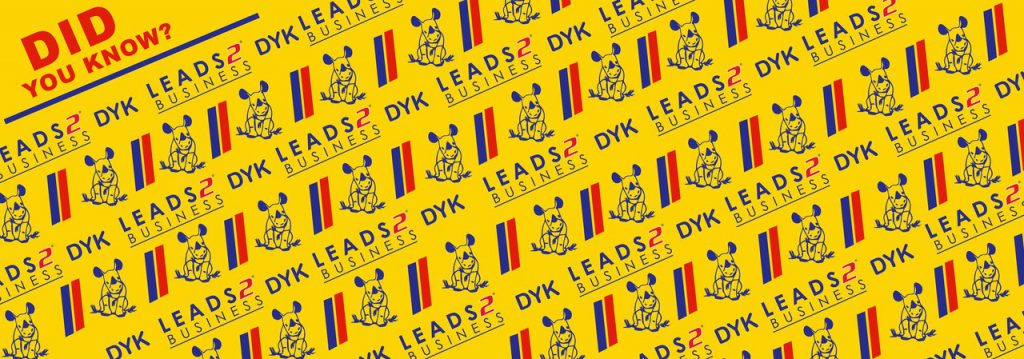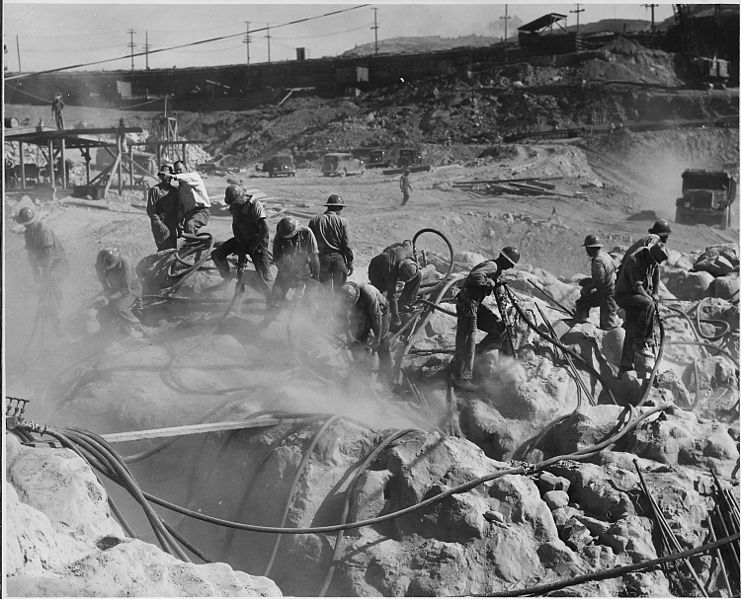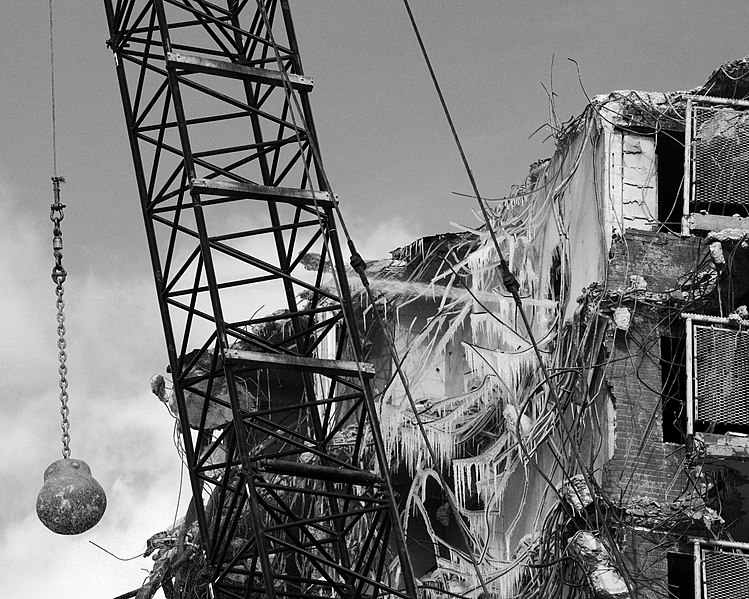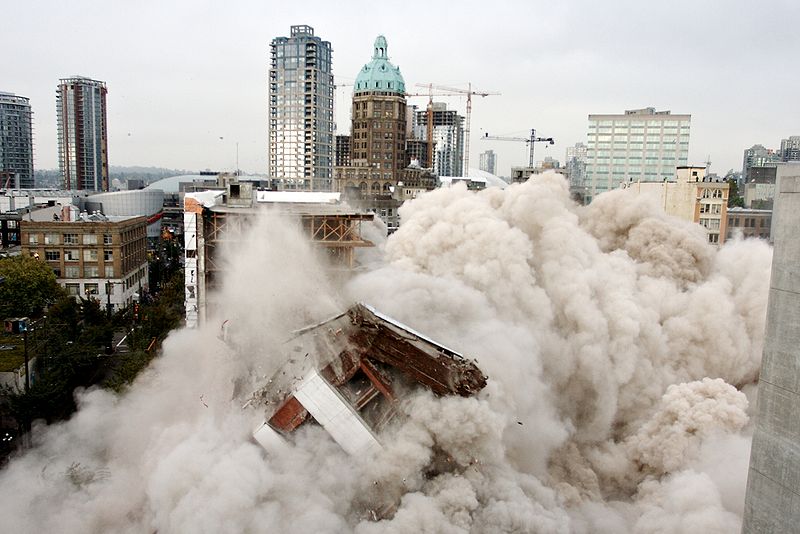10 Things Successful People do before breakfast
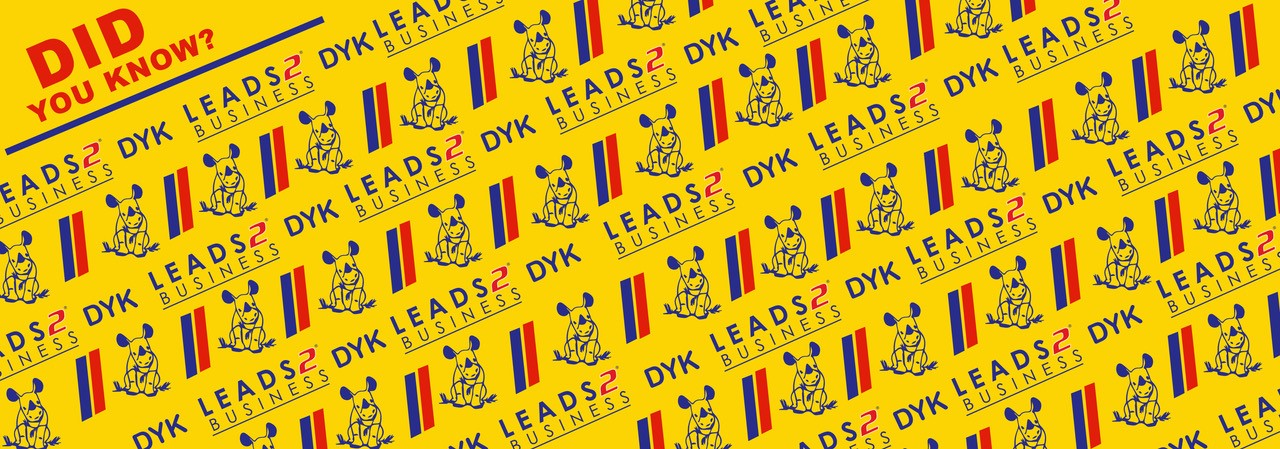
There are 86400 seconds in a day, how you use them are critical. The habits you cement on a daily basis create and define the building blocks of who you are. So what differentiates the ordinary from the extraordinary? If you are in the realms of just being comfortable at the bottom, consumed with the day to day humdrum, what should you change it so that success becomes your habit?
Let’s take a look at the common list of things successful people do before breakfast:
1. Wake up early
The dawn always holds the potential for greatness. It is uninterrupted time to focus, it maximises the day and enforces the habit of good sleep to boost productivity, which means a consistent bedtime, something which most of us are guilty of not getting right!
2. Prioritise
Using your mornings to do big-picture thinking helps you prioritise and set a defined trajectory for the day. Equipped with the details of what needs to be achieved you are setting yourself up for a successful and productive day. The important thing is not the paper, GTD app or other software you use, it is the consistency to ensure you do it every day. As you complete tasks, check them off so you know what you have achieved and what is still outstanding.
3. Express gratitude
When I researched this topic I found this fascinating, it did not require too much digging to establish that it’s not just about being thankful or positivity, but also about not being resentful about the things that aren’t perfect. Its often easier to blame a system, poverty or circumstance as a reason for not achieving success. The reality is, it was more about your attitude, determination, and tenacity against the odds. It’s not who you are that holds you back, it’s who you think you are not.
4. Connect
Most of us are exhausted at the end of a day’s activities and it is not uncommon for the time to be hastened away between TV or screen time and dinner preparations. This is why many successful people make connecting with their significant other, part of their morning routine. If sex, can make you smarter, boost your income and burn calories, then it might just be another great way to energise your day. It’s not just limited to being frisky, using the time as a couple to talk about your lives, finances, tasks, and week-long plans all serve to build connection and security. All of which promote success.
The all-important connection with others is not just limited to your spouse. Additionally, there are golden time treasures to be found at the breakfast table with your kids, ask them about their day and find out what is happening in their world – it will make you feel more positive about your parenting efforts too.
5. Network
Networking with others appears almost as an extension to connection and supports the mantra of “When you have a million dollar vision, don’t surround yourself with 1 cent minds.” As human beings, we have a tendency to emulate those around us, so finding innovative minds to spark off of can create the critical element which becomes a catalyst for success.
6. Self-care
Exercise, hydration, and meditation are common threads in the lives of the great. A-Type personalities demand from others as much as they do from themselves, as a result, they find it challenging to disconnect from their mental to-do lists and calm their minds. Exercise and meditation are just two examples of the tools that driven personalities use to help clear their minds, create calm and enhance focus. The benefits of exercise are not exclusive to the physical benefit of a stronger healthier being, it counteracts the effects of high-fat diets, helps to reduce stress and promotes deep sleep! Certainly, a plus if you are getting up early to prioritise your day! Increased hydration boosts your concentration levels, and gives your metabolism a lift.
7. Emotional intelligence
Emotionally Intelligent people are constantly looking for ways in which to add value and contribute to their immediate environment. This skill feeds progressive thinking and stimulates active solutions to unique challenges. Interestingly this quality helps them to inspire others to be successful too.
8. Read
Whether expanding your own knowledge base or aligning yourself with the events of the world from a newspaper. This empowering habit augments your own intelligence and of course, quickens your mind with the task of how it can change the world in all the headlines!
9. Personal Passion Project
Fervor and joy add a certain zing to your day and when you are truly passionate about anything it automatically translates into more enthusiasm and energy. So what are the essentials of identifying this kind of project? A passion Project will be bigger than you – it will extend beyond your own interests, agenda or need for recognition it will push you beyond the call of duty and will be driven by self-motivation in the face of adversity. The secret to this is that it carries passion into their profession. In the words of TD Jakes, “It is your passion that empowers you to be able to do the thing you were created to do!”
10. Make their bed
It amused me immensely that this was something that most successful people do! It may seem mundane and not something that can necessarily cause you to get more work done, but interestingly this “keystone habit” can spark a chain reaction that helps the formation of other good habits.
I hope that some of these inspire you to greatness. When I read through this list, it is energising, but it does have me wondering what time successful wake up in order to get a task list as long as this done – every single day!
Wishing you every success! Out of curiousity let me know in the comments below how many of these you check the boxes on or is there anything else you believe contributes to success?
To view more articles, please visit the Leads 2 Business Blog.
If you are interested in becoming one of our subscribers, please visit Leads 2 Business.
To view notes with screenshots on how to use our website, please visit the Leads 2 Business Wiki.
I am a lover of awesome design, customer centricity and the art of influence.
Being able to effect this through analysis, written or visual content and front-end design is part of my work, my great love of creatively solving problems that reach across as many parts of Leads 2 Business as I can.
 Did you know Leads 2 Business has a Mobile Optimized Website?
Did you know Leads 2 Business has a Mobile Optimized Website?







